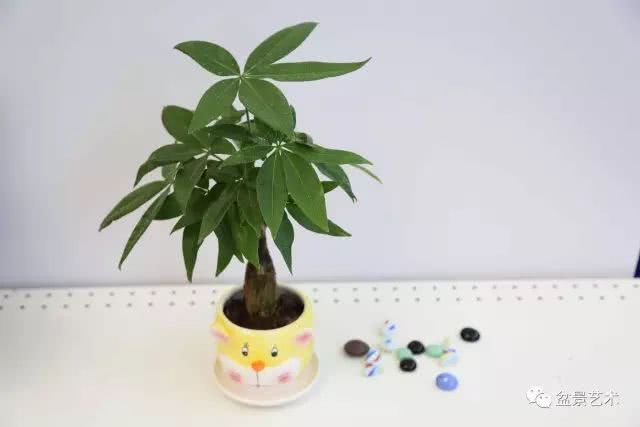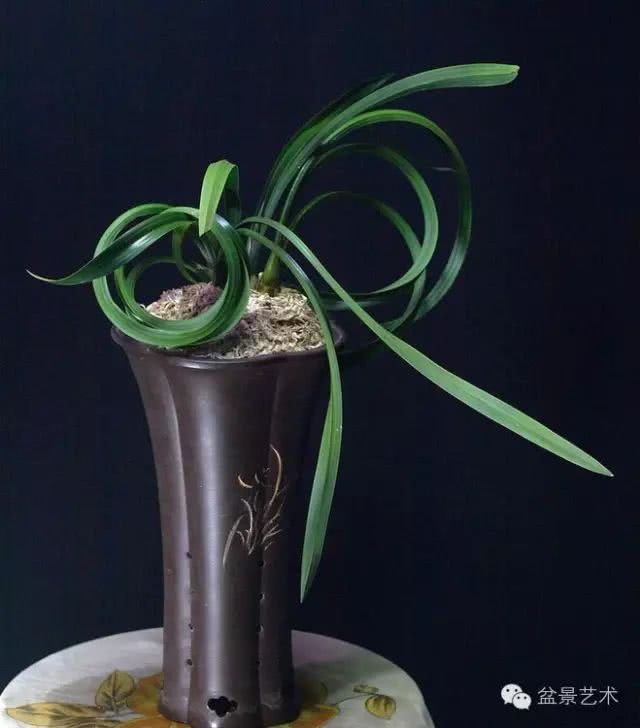Propagation technique of Camellia Bonsai

There are cuttings, grafting and sowing
(1) cutting
The suitable period for cutting in East China is the middle and late June. The second cuttage was carried out from late August to early September. The temperature in these two periods is about 30 °C, and the temperature can be controlled at about 25 °C by shading facilities. The cuttings should select the current year's semi-mature branches with abundant external tissue of the crown, intact leaves, full leaf buds and no diseases and insect pests. The length of cuttings is generally 4~10cm, with 2 leaves at the apex and a heel on the lower part when cutting. Cutting density generally row spacing 10~14cm, plant spacing 3~4cm, require leaves to hand over each other but not overlap, cuttings into the soil about 3 cm, shallow rooting is fast, deep rooting is slow, after cutting to spray water. It usually takes about 30 days from cuttage to rooting. The key to survival is to maintain sufficient humidity in the early stage of cutting, take measures to reduce hot air convection, avoid direct sunlight, and pay attention to spraying water on the leaf surface, so that the leaf surface is often covered with a thin water film. After taking root, we should gradually increase the sunlight, and after October, we should make the seedlings fully accept the sun and accelerate Lignification.
(2) grafting
Seedling rootstock bud grafting, seeds sown in the sand bed after about 2 months of growth, seedlings as high as 4~5cm, can be dug and grafted by split grafting. The scion chooses well-growing semi-lignified branches, one bud and one leaf from the bottom to the top, and cut one by one. Cut the scion into a positive wedge and put it in a wet towel. Remove the mud and sand from the seedlings, then cut them at the 1~1.5cm above the cotyledons, and cut the stem longitudinally with a suture, the depth of which is the same as the slope cut by the scion; insert the cut scion into the split of the rootstock, aim at one side to form a layer, and tie it tightly with camellia with plastic film. The grafted seedlings were planted in the seedbed with the row spacing of 8cm × 2cm.
It is appropriate to use rich and loose sandy loam on the bed. After planting, the nursery bed should be insulated in a plastic shed, which usually begins to heal in 10-15 days, and the film can be opened at night in 20-25 days to make it ventilated. Then gradually strengthen the ventilation, appropriately increase the light, to the new sprouting, all remove the film. Semi-mature branch grafting, using coarse camellia or Camellia oleifera adult plants as rootstocks to reduce abdominal grafting, can be cultivated into large-scale plants of famous camellia species within 1-2 years.
The plants with healthy plants, full bud eyes and no diseases and insect pests were selected as rootstocks, trimmed in summer before the end of February and in autumn in the first and middle of June to cut off diseased weak branches, drooping branches, cross branches and over-dense branches. The suitable temperature for grafting is 5-30 ℃. Pull skin grafting is used for branches more than 1 cm in diameter, that is, in the appropriate part of the rootstock, a knife is carved on the top, left and right, reaching to the xylem, pulling down the skin, and its length is the same as the cutting face of the scion, then stick the cut scion on the peeling place of the rootstock, pull the skin on and wrap the scion, then tie it with plastic tape, expose the buds, and then cover it with a plastic bag to increase humidity and promote healing. Wait for the scion to pull out the new tip, gradually Lignification, release the binding. The cutting of the rootstock was carried out three times, the first time cutting off the top of the tip during binding, the second time cutting off the upper part of the rootstock after the first shoot of the scion was fully lignified, and the third time after the second shoot of the scion was fully lignified, cut off the rootstock at the interface. The success of grafting in high temperature season depends on the control of high temperature. A shade shed and double curtains must be built so that there is basically no direct sunlight in the shed, and water should be sprayed around noon to cool down, so that the local temperature can be controlled at about 30 °C.
(3) sowing
In October, early and mid-October, put the harvested fruit in an indoor ventilated place to dry, wait for the capsule to crack and take out the seed, sow immediately. If you cannot sow seeds immediately in autumn, you need to hide them in sand and sow them in February of the following year. Seeds can be mixed with new high-fat membrane before sowing, and the germination rate of autumn sowing is higher than that of spring sowing.
Cutting, grafting, striping, sowing and tissue culture are commonly used.
- Prev

10 reasons for yellowing of leaves
1. Improper watering: the rich tree likes the warm and humid climate, and the basin soil should be moist, but the pot soil is generally not dry and watered thoroughly in indoor cultivation. Because, if it is not watered thoroughly, it will affect nutrient absorption if it is wet and dry.
- Next

Orchid production and maintenance
Orchid leaves elegant, graceful, many but not disorderly, its flowers fragrance Qingyuan, fragrant attack, a plant in the room, the room full of fragrance. Orchids, plums, bamboos and chrysanthemums are called "four gentlemen". Orchids born in the valley sparse stone leaves, silver root wrong,.
Related
- Wuhan Hospital Iron Tree Blooming Result Was Instantly Frightened by the Gardener Master
- Which variety of camellia is the most fragrant and best? Which one do you like best?
- What is the small blue coat, the breeding methods and matters needing attention of the succulent plant
- Dormancy time and maintenance management of succulent plants during dormancy
- Minas succulent how to raise, Minas succulent plant pictures
- What are the varieties of winter succulent plants
- How to raise succulent plants in twelve rolls? let's take a look at some experience of breeding twelve rolls.
- Attention should be paid to water control for succulent plants during dormant period (winter and summer)
- Watering experience of twelve rolls of succulent plants
- Techniques for fertilizing succulent plants. An article will let you know how to fertilize succulent plants.

